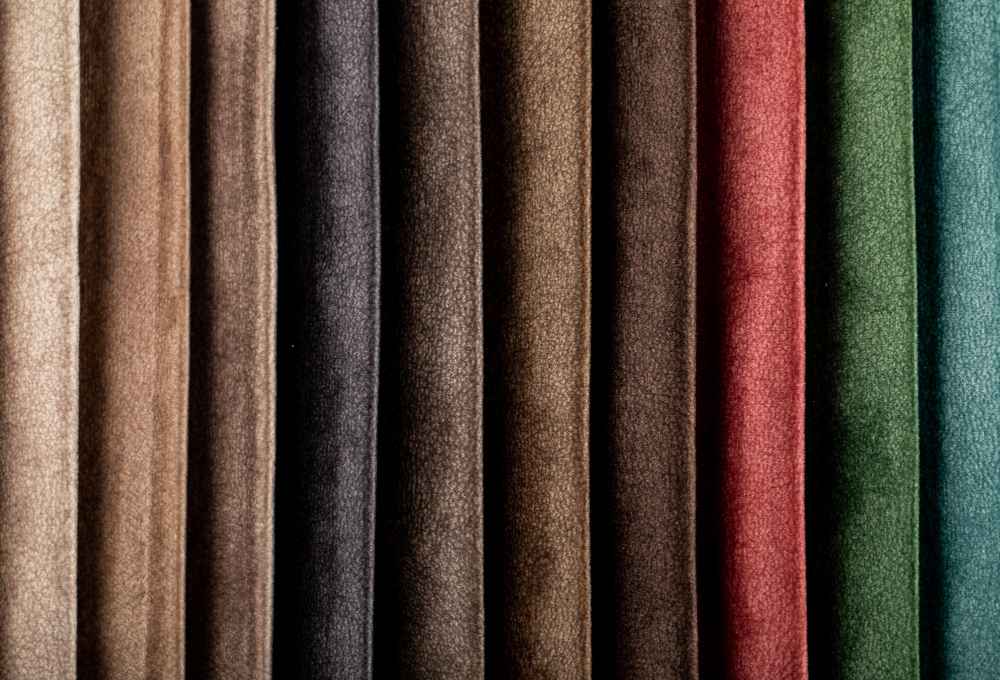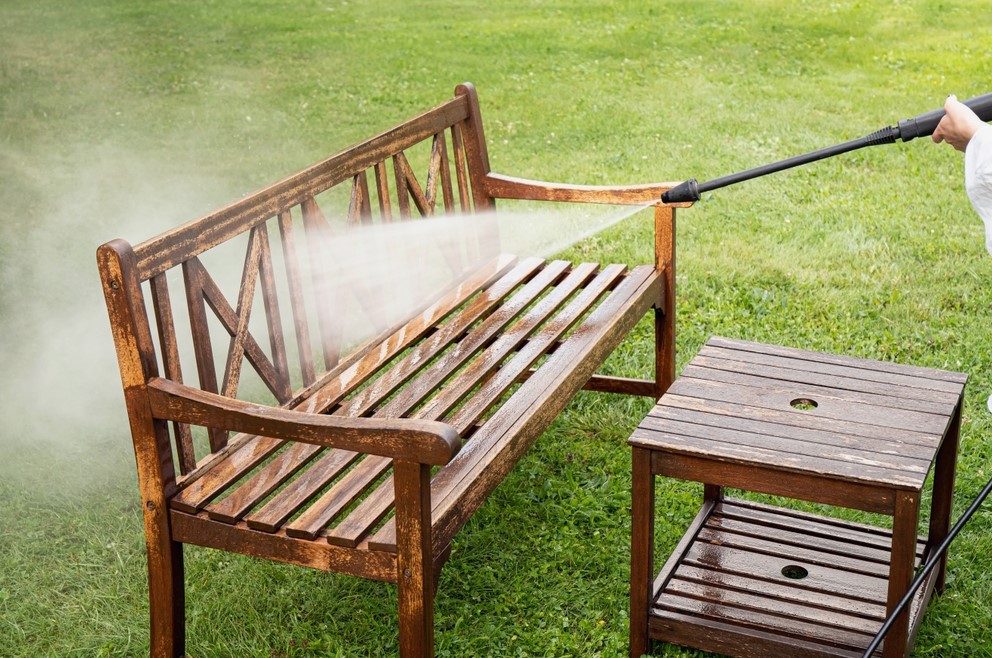For allergy sufferers in the UK, choosing the right upholstery fabric can make a significant difference in their quality of life. This comprehensive guide explores the best fabric options, maintenance tips, and key considerations for creating an allergy-friendly home environment.
Fabric allergies and sensitivities can manifest in various ways, from skin irritation to respiratory issues. Common triggers include dust mites, pet dander, pollen, and chemical treatments used in fabric manufacturing. UK households face unique challenges due to the damp climate, which can promote dust mite growth and mold development. Understanding these factors is crucial for selecting appropriate upholstery materials that minimize allergic reactions.
Traditional Upholstery Fabric like wool and certain synthetic materials can trap allergens and make symptoms worse. For allergy sufferers, the key is choosing materials that are naturally hypoallergenic or treated to resist common allergens. These fabrics should also be easy to clean and maintain to prevent allergen buildup.
Natural Hypoallergenic Fabrics
Organic cotton stands out as one of the best natural options for allergy sufferers. When grown and processed without harmful chemicals, organic cotton provides a breathable, soft surface that’s less likely to trigger reactions. Look for GOTS (Global Organic Textile Standard) certified cotton upholstery fabrics available in the UK market.
Linen is another excellent natural choice, particularly for British homes. Made from flax fibres, linen naturally resists bacteria and dust mites. It’s also highly durable and becomes softer with use. While initially more expensive than some alternatives, its longevity and hypoallergenic properties make it a worthwhile investment for allergy sufferers.
Bamboo-derived fabrics have gained popularity in recent years. These materials offer natural antimicrobial properties and excellent breathability. However, ensure the bamboo fabric is processed using eco-friendly methods, as some manufacturing processes can introduce irritating chemicals.
Synthetic Options for Allergy Prevention
Modern synthetic fabrics have come a long way in providing allergy-friendly solutions. Microfiber stands out as an excellent option, featuring tightly woven synthetic fibres that create a barrier against dust mites and other allergens. Many UK furniture manufacturers now offer microfiber upholstery treated with additional antimicrobial properties.
Polyester blends, when properly manufactured, can provide excellent resistance to allergens. Look for varieties treated with specific anti-allergen technologies. These fabrics often combine durability with easy maintenance, making them practical choices for busy households.
Nylon and olefin fabrics also merit consideration. These synthetics resist moisture and staining, reducing the likelihood of mould and mildew growth. Many are also treated with anti-static properties, which helps prevent dust accumulation.
Leather and Leather Alternatives
Genuine leather represents an excellent choice for allergy sufferers. Its smooth surface doesn’t harbor dust mites or other allergens, and regular wiping keeps it clean. However, some individuals may be sensitive to the tanning agents used in leather processing.
Faux leather and vinyl alternatives provide similar benefits to genuine leather without the risk of tanning agent sensitivity. Modern versions are increasingly sophisticated, offering breathability and comfort while maintaining easy-clean properties. Many UK manufacturers now produce high-quality faux leather specifically designed for allergy sufferers.
Specialized Treatments and Technologies
The UK market offers various specially treated fabrics designed specifically for allergy sufferers. These include:
- Anti-dust mite treatments that create an inhospitable environment for these common allergens
- Antimicrobial finishes that prevent bacteria and mould growth
- Moisture-wicking technologies that reduce the likelihood of mildew
- Stain-resistant treatments that make cleaning easier and more effective
When selecting treated fabrics, look for certifications from recognized bodies such as Allergy UK or the British Allergy Foundation to ensure their effectiveness.
Maintenance and Cleaning Considerations
Even the best hypoallergenic fabrics require proper maintenance to remain effective. Regular cleaning is essential for preventing allergen buildup. Consider these maintenance aspects:
Vacuum upholstered furniture at least weekly using a HEPA-filtered vacuum cleaner. This removes surface dust and prevents it from settling deeper into the fabric.
Professional cleaning should be scheduled every 12-18 months, depending on usage. Choose cleaning services that specialize in allergy-friendly methods and products.
For removable covers, follow manufacturer washing instructions carefully. Most hypoallergenic fabrics can be machine washed at temperatures high enough to kill dust mites.
Environmental Factors and Room Placement
The effectiveness of hypoallergenic upholstery fabrics can be influenced by environmental factors common in UK homes. Consider:
- Room humidity levels (use dehumidifiers in damp conditions)
- Ventilation systems and air purification
- Proximity to windows and external doors
- Exposure to direct sunlight
- Presence of indoor plants
Proper placement and environmental control can significantly enhance the performance of allergy-friendly fabrics.
Cost Considerations and Value Analysis
While hypoallergenic upholstery fabrics often come with higher initial costs, their benefits typically justify the investment. Consider these financial aspects:
- Long-term durability and replacement frequency
- Maintenance costs over time
- Potential reduction in medical expenses related to allergies
- Impact on quality of life and comfort
Many UK retailers offer finance options for higher-end hypoallergenic furniture, making it more accessible to those on a budget.
Making the Final Selection
When choosing upholstery fabric, consider these key factors:
- Primary allergy triggers and sensitivity levels
- Household composition (children, pets, etc.)
- Usage patterns and wear expectations
- Maintenance requirements and capabilities
- Budget constraints
- Style preferences and interior design compatibility
Request fabric samples before making final decisions, as this allows testing for personal reactions and compatibility with existing décor.
Conclusion
The right upholstery fabric can significantly improve life quality for allergy sufferers in the UK. Whether choosing natural materials like organic cotton and linen, opting for modern synthetics, or selecting specially treated fabrics, the key is finding a balance between effectiveness, practicality, and personal preference.
Consider consulting with allergists or interior design specialists who understand allergy-friendly materials like Yorkshire Fabric Shop. Many UK furniture retailers now employ staff trained in advising customers with specific health requirements.
Remember that different family members may have varying sensitivities, so testing fabric samples in the home environment before making significant purchases is crucial. With careful consideration and proper maintenance, allergy-friendly upholstery can create a more comfortable and healthy living space.
Keep up with new developments in fabric technology, as manufacturers continuously improve their hypoallergenic offerings. The UK market is particularly responsive to health-conscious consumers, leading to regular introductions of innovative materials and treatments.
Finally, document your experiences with different fabrics and maintain records of cleaning and maintenance schedules. This information can be valuable for future furniture purchases and for sharing with healthcare providers managing allergy conditions.
By making informed choices about upholstery fabrics and maintaining them properly, allergy sufferers can create comfortable, stylish homes that support their health and well-being. The initial investment in quality, hypoallergenic materials often pays dividends in reduced allergy symptoms and improved quality of life.




